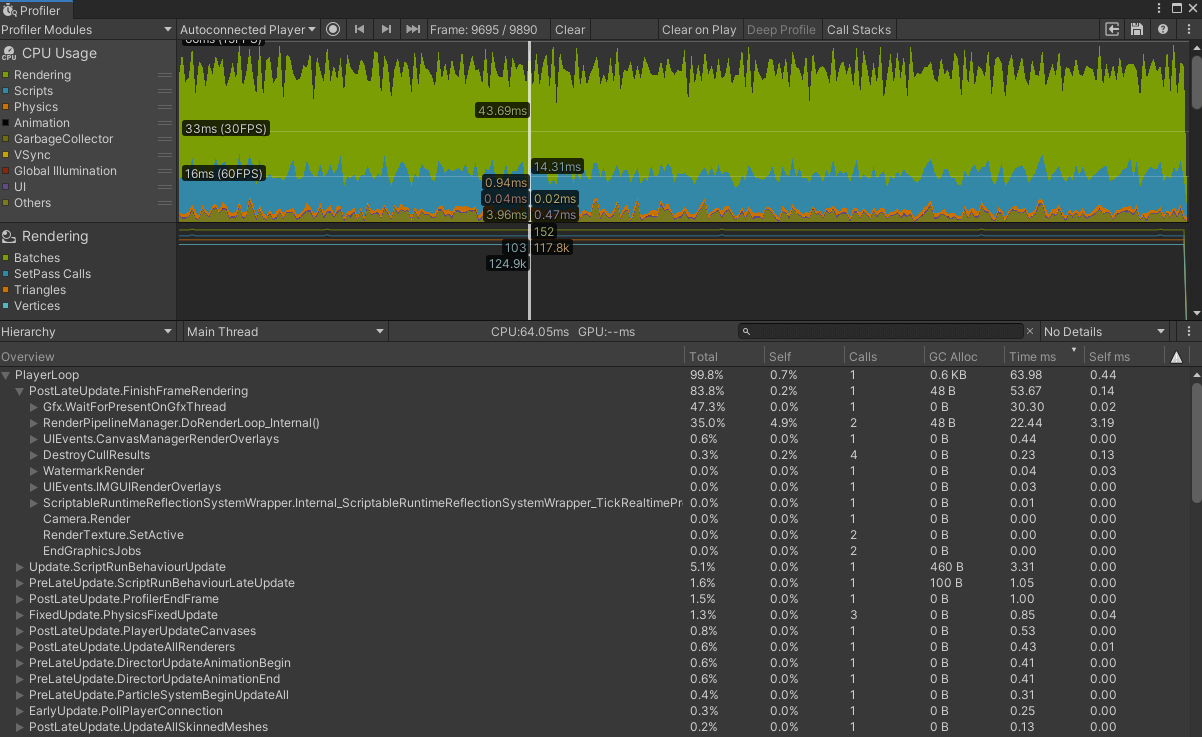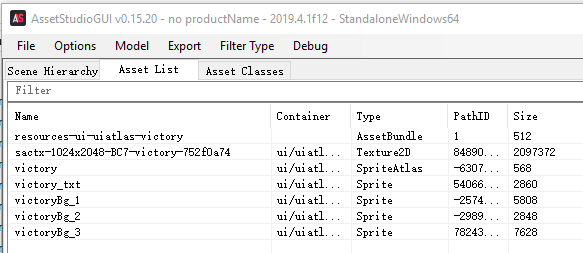前面看到Windows API直接提供的Semaphore并没有为其配备等待队列,从而无法实现非阻塞请求机制以实现操作加速,对于临界区耗时的情况下,显然是存在实现非阻塞请求机制的Semaphore的。Linux下的Pthread库实现了这样的增加版Semaphore,幸运地是有Pthread的Win32版本。
前面讲解到其实Semaphore的完整结构体内容应该如下
typedef struct{
atomic_t count;
int sleepers;
wait_queue_head_t wait;
} semaphore;在启用非阻塞机制下,可以在Semaphores耗光资源计数的情况下,进入主动休眠状态,而非空等,从而可以集中计算资源给当前正处在临界区的线程(进程),所以该机制在临界区操作耗时较长的情况下是很有用的。Pthread库封装的Semaphores实现了阻塞和非阻塞请求的两种机制
下面可以单独看看pthread.h提供的semaphore相关的接口内容
typedef struct sem_t_ * sem_t;
#define PTW32_DLLPORT __declspec (dllexport)
PTW32_DLLPORT int __cdecl sem_init (sem_t * sem,
int pshared, //进程间共享标识,pthread win32位实现进程间semaphore共享,故而改位始终为0
unsigned int value);//value为初始给semaphore配备的可用资源数
PTW32_DLLPORT int __cdecl sem_destroy (sem_t * sem);
PTW32_DLLPORT int __cdecl sem_trywait (sem_t * sem); //非阻塞请求
PTW32_DLLPORT int __cdecl sem_wait (sem_t * sem); //阻塞请求,空等模式
PTW32_DLLPORT int __cdecl sem_timedwait (sem_t * sem,
const struct timespec * abstime); //等待有限时间后返回
PTW32_DLLPORT int __cdecl sem_post (sem_t * sem);//为semaphore增加1资源数
PTW32_DLLPORT int __cdecl sem_post_multiple (sem_t * sem,
int count);//为semaphore增加count资源数
PTW32_DLLPORT int __cdecl sem_open (const char * name,
int oflag,
mode_t mode,
unsigned int value);//采用semaphore的名字寻找同名的内核对象,在进程间共享semaphore才需要用到,故而pthread win32未实现
PTW32_DLLPORT int __cdecl sem_close (sem_t * sem);
PTW32_DLLPORT int __cdecl sem_unlink (const char * name);
PTW32_DLLPORT int __cdecl sem_getvalue (sem_t * sem,
int * sval);test_time_pthread32_wait.cpp—“阻塞请求(空等)”模式下测试代码
#include <iostream>
#include <stdio.h>
#include <pthread.h>
#include <sched.h>
#include <semaphore.h>
#include <time.h>
#include <stdlib.h>
#include <Windows.h>
#pragma comment(lib, "pthreadVC2.lib") //必须加上这句
using namespace std;
sem_t sem;
const int g_Number = 50;
const int killTimeStep = 100000000;
void* Function_t(void* Param)
{
sem_wait(&sem); //空等
int i = killTimeStep;
while(i--);
pthread_t myid = pthread_self();
printf("线程ID=%d ", myid);
//cout<<"线程ID="<<static_cast<int>(myid)<<"线程编号= "<<(int)Param<<endl;
cout<<"线程编号= "<<(int)Param<<endl;
sem_post(&sem);
return NULL;
}
int main()
{
clock_t start_time = clock();
int ret = sem_init(&sem, 0, 0);
if (!ret )
cout<<"主线程创建信号量成功,但主线程并没有激活该信号量"<<endl;
else
{
cout<<"主线程创建信号量失败"<<endl;
exit(EXIT_FAILURE);
}
pthread_t pid[ g_Number] = {0};
for (int i=0; i<g_Number; i++)
pthread_create(&pid[i], NULL, Function_t,(void*)i);
printf("创建大规模子线程成功\n");
if (sem_post(&sem) != 0)
{
printf("主线程激活信号量失败\n");
exit(EXIT_FAILURE);
}
printf("主线程激活了信号量,其他子线程可以开始使用。\n");
for (int i=0; i<g_Number; i++)
pthread_join(pid[i], NULL);
sem_destroy(&sem);
clock_t end_time = clock();
cout<<"Running time is:"<<static_cast<double>(end_time - start_time)/CLOCKS_PER_SEC*1000<<"ms"<<endl;
return 0;
}运行结果

*******************************—–******************************************
test_time_pthread32_trywait.cpp —“非阻塞请求”模式下测试代码
#include <iostream>
#include <stdio.h>
#include <pthread.h>
#include <sched.h>
#include <semaphore.h>
#include <time.h>
#include <stdlib.h>
#include <Windows.h>
#pragma comment(lib, "pthreadVC2.lib") //必须加上这句
using namespace std;
sem_t sem;
const int g_Number = 50;
const int killTimeStep = 100000000;
void* Function_t(void* Param)
{
sem_trywait(&sem); //非阻塞请求
int i = killTimeStep;
while(i--);
pthread_t myid = pthread_self();
printf("立即线程 ID=%d ", myid);
fflush(stdout);
printf("立即线程-编号=%d\n",(int)Param); //这里受限于printf()此类IO的延迟写策略,导致了存在输出错行的可能性
fflush(stdout);
//cout<<"线程ID="<<static_cast<long int>(myid)<<"线程编号= "<<(int)Param<<endl;
//cout<<"线程编号= "<<(int)Param<<endl;
sem_post(&sem);
return NULL;
}
int main()
{
clock_t start_time = clock();
int ret = sem_init(&sem, 0, 0); //第二个参数代表进程间共享标示位,但是pthread win32并没有实现,所以一直为0;
//第三个参数代表给信号量初始分配的资源数,不像WINAPI CreateSemaphores(xxx)需要指定资源上限,pthread采用了默认资源上限
if (!ret )
cout<<"主线程创建try信号量成功,但主线程并没有激活该信号量"<<endl;
else
{
cout<<"主线程创建信号量失败"<<endl;
exit(EXIT_FAILURE);
}
pthread_t pid[ g_Number] = {0};
for (int i=0; i<g_Number; i++)
pthread_create(&pid[i], NULL, Function_t,(void*)i);
printf("创建大规模子线程成功\n");
if (sem_post(&sem) != 0)
{
printf("主线程激活信号量失败\n");
exit(EXIT_FAILURE);
}
printf("主线程激活了信号量,其他子线程可以开始使用。\n");
for (int i=0; i<g_Number; i++)
pthread_join(pid[i], NULL);
sem_destroy(&sem);
clock_t end_time = clock();
cout<<"Running time is:"<<static_cast<double>(end_time - start_time)/CLOCKS_PER_SEC*1000<<"ms"<<endl;
return 0;
}运行结果

*******************************—–******************************************
Conclusion: 可以看到pthread Win32实现的semaphore提供的“非阻塞请求机制”比“阻塞请求”在临界区操作耗时的场景下可以显著加速程序运行,提高性能,这点在并行计算中要重点使用。









